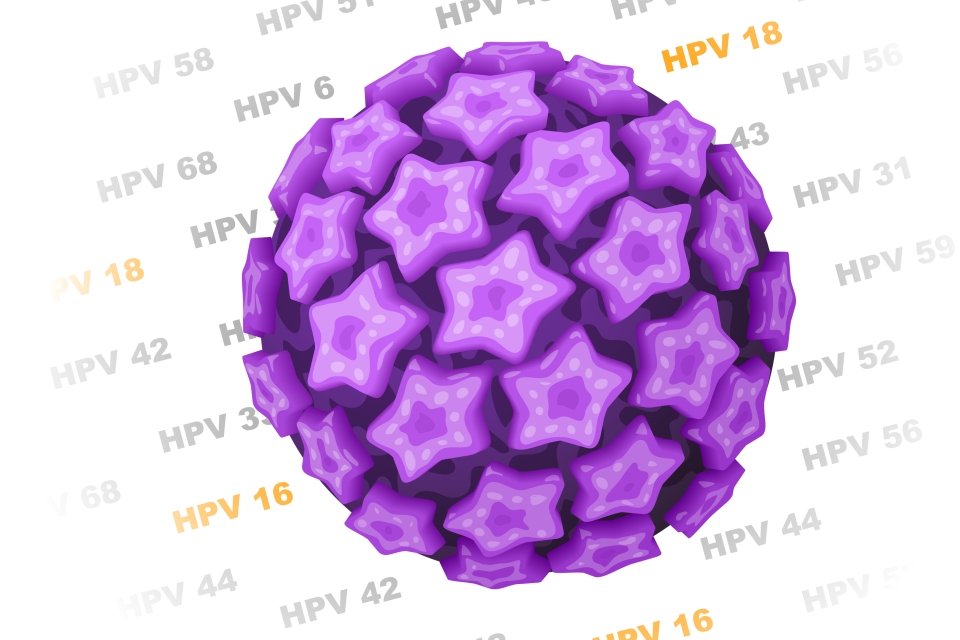
This Library Guide is a collection of useful documents & evidence on the efficacy, effectiveness and impact of the HPV OR Human Papillomavirus vaccines to support NITAG members and other policy makers throughout Africa with making evidence-based recommendations.
Acknowledgement: This Library Guide was originally compiled by Susanne Noll. It is maintained by Dilshaad Brey since March 2025. Contact dilshaad.brey@uct.ac.za for any queries.
HPV is a sexually transmitted infection. HPV stands for human papillomavirus. It’s very common. Many people don't have any symptoms, and the infection might go away on its own. But some types of HPV can lead to cervical cancer, head and neck cancer, or cancer of the anus or penis.
HPV isn’t just one virus. There are more than 100 kinds, and some are riskier than others.
Each human papillomavirus has its own number or type. The term "papilloma" refers to a kind of wart that results from some HPV types.
HPV lives in thin, flat cells called epithelial cells. These are found on the skin's surface. They’re also found on the surface of the vagina, anus, vulva, cervix and head of the penis. They’re also found inside the mouth and throat.
About 60 of the 100 HPV types cause warts on areas like the hands or feet. The other 40 or so enter the body during sexual contact. They’re drawn to the body's mucous membranes, such as the moist layers around the anus and genitals.
Not all of the 40 sexually transmitted human papillomaviruses cause serious health problems.
High-risk
High-risk HPV strains include HPV 16 and 18, which cause about 70% of cervical cancers. Other high-risk human papillomaviruses include 31, 33, 45, 52, 58, and a few others.
Low-risk HPV strains, such as HPV 6 and 11, cause about 90% of genital warts, which rarely develop into cancer. These growths can look like bumps. Sometimes, they’re shaped like cauliflower. The warts can show up weeks or months after you’ve had sex with an infected partner.
HPV, or Human Papillomavirus, primarily spreads through direct skin-to-skin contact, most commonly during sexual activity. This includes vaginal, anal, and oral sex. While sexual contact is the most common mode of transmission, it's not the only way; some HPV types can also be spread through close skin-to-skin contact in the genital area, even without intercourse. Additionally, a mother can pass HPV to her baby during childbirth. (OpenAI. (2025). ChatGPT response about HPV transmission [Large language model]. ChatGPT. https://chat.openai.com/)

HPV (Human Papillomavirus) can be prevented through vaccination, practicing safer sex, and regular screening for cervical cancer. The HPV vaccine is highly effective and is recommended for both males and females, ideally before they become sexually active. Safer sex practices, such as using condoms consistently and limiting the number of sexual partners, can also reduce the risk of HPV transmission. Regular screening for cervical cancer, especially through Pap smears and HPV testing, helps detect and treat precancerous changes early. (OpenAI. (2025). ChatGPT response about HPV prevention [Large language model]. ChatGPT. https://chat.openai.com/)